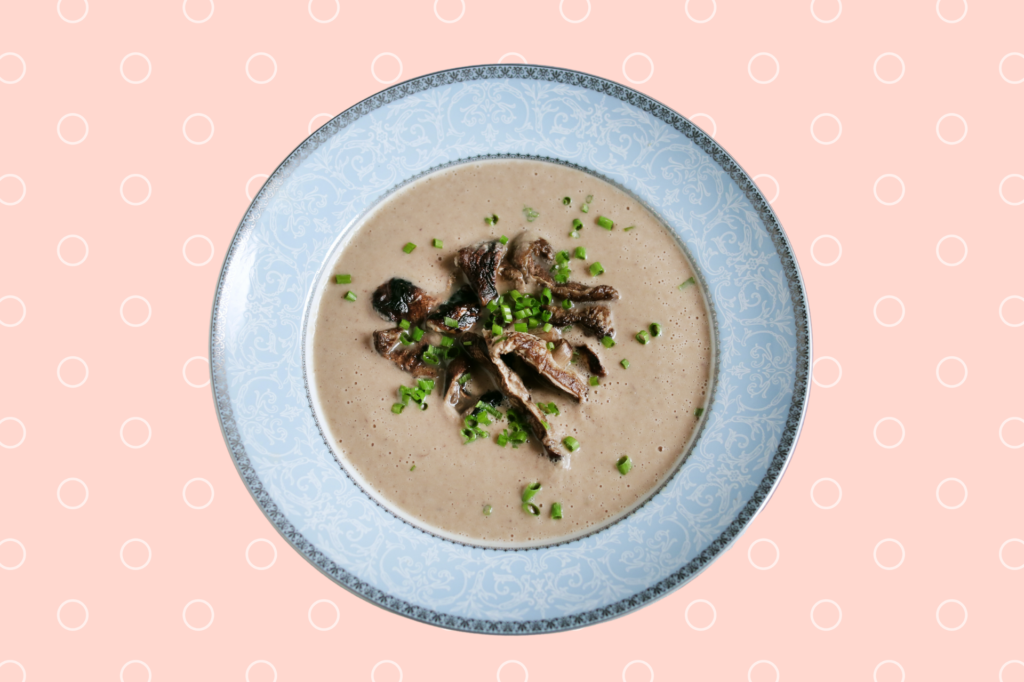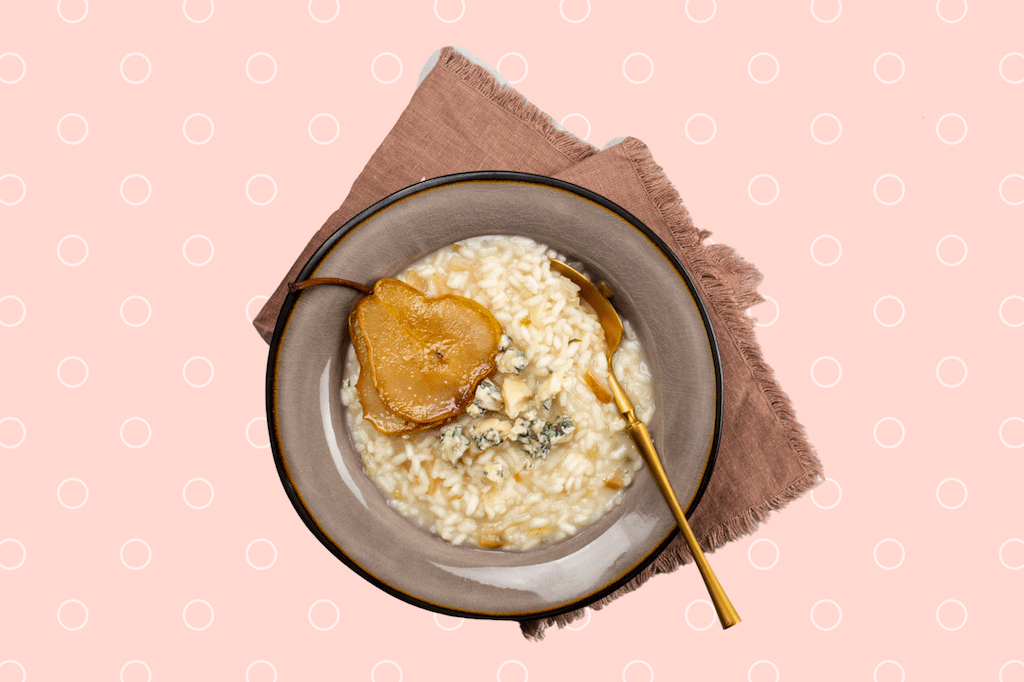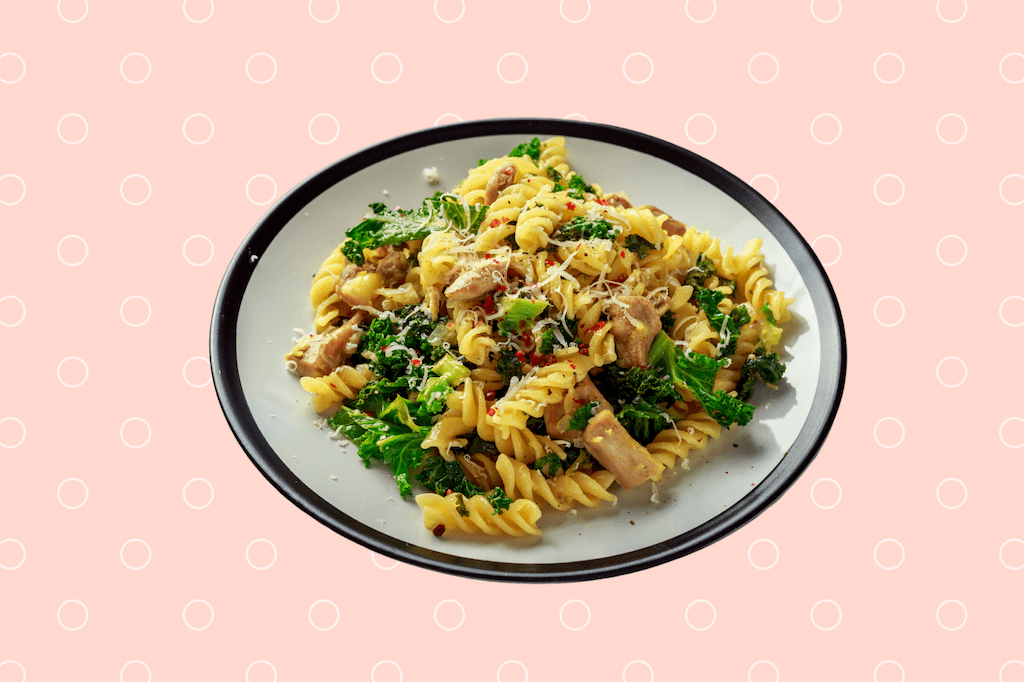January is traditionally a particularly bleak period in the British calendar. Bank balances are barren, the calendar is bare, our glasses half empty (and with water only), and the kitchen table a procession of uninspiring, ascetic suppers.
Whilst we can’t chuck you a tenner or schedule a date in the diary for a couple of cold ones, we can help by giving you some January meal planning inspiration. Now, more than ever, it’s so important to eat locally and seasonally, in order to support local farmers and producers, reduce the air miles required for far-flung ingredients, and to touch base with the great outdoors when we’re all stuck inside avoiding the gloom and doom of the season.
With health, money, seasonality and deliciousness in mind, here are 5 thrifty, healthy meal ideas using seasonal food for January 2024.
JERUSALEM ARTICHOKE & CHESTNUT SOUP
Neither related to artichokes or Jerusalem, this knobbly, imposing tuber is so often ignored on the supermarket shelves. Not so in restaurants, where its sweet, nutty flavour is beloved of top chefs. That’s not to say the Jerusalem Artichoke (‘j’choke’ to those in the know) is a premium, expensive ingredient; it’s cheap and abundant in the colder months.
With a flavour close to chestnut, the two pair beautifully together, with Jerusalem artichoke offering all its silky, sultry texture and sweet flavour when pureed in a soup.
Simply scrub a couple of Jerusalem artichokes of any lodged dirt (peeling causes a lot of waste) and then roast in a hot oven – around 200°C – for 20 minutes. While they’re roasting, gently sweat off a sliced onion and around a sprig’s worth of picked thyme in a mixture of garlic and olive oil.
Once the Jerusalem artichokes are tender to the prod of a knife, roughly chop and add them to the pan along with a good handful of cooked chestnuts and a litre or so of warmed chicken stock. Cook for a further ten minutes, add a splash of double cream then blend, either with a hand blender or in a food processor. Season with salt and pepper to taste.
If you’re feeling fancy, garnish with some sauteed mushrooms, extra chestnuts and a sprinkling of finely sliced chives.

SMOKED MACKEREL, SERVED WITH WARM BEETROOT AND A CELERIAC & APPLE REMOULADE
Oily fish is incredibly good for you all year round, but in winter it really comes into its own. High in vitamin D, which so many are lacking at this time of year, the mackerel has, in recent years, become abundant in UK waters in January and February.
Smoked mackerel, in particular, pairs beautifully with some of January’s most plentiful fruit and vegetables. Try it with beetroot, which has simply been scrubbed clean of dirt, seasoned with salt and drizzled with olive oil, then wrapped in foil and roasted in the oven at 180°C for half an hour. Alternatively, you could buy cooked beetroot and warm it through in the oven.
If you’re keen to get your five-a-day in (and turn up the flavour dial several notches), then a celeriac and apple remoulade is just the ticket. Shred celeriac, celery and apple into matchsticks (a mandolin would help here, though mind your fingers!) and mix with a dressing of mustard, mayonnaise, lemon juice and a little salt. The ratios here are up to you; depending on how piquant you prefer your dressing, dial up the mustard. Add some finely chopped dill for a fresh flavour which works so well here.
SHALLOT, BLUE CHEESE & PEAR RISOTTO
Fruit in a risotto? Trust us, it works.
Firstly, the shallots, which are abundant right now. We’re going to make a puree as a way of getting through a glut of shallots, ensuring that every grain of rice is flavoured in our risotto and every on-the-turn shallot in our vegetable draw is used up.
To make that puree, thinly slice six (or so) shallots, then sweat them gently in a knob of butter, a pinch of sugar and a pinch of salt, making sure not to colour. After around half an hour, add a glug of double cream and blend into a puree using a hand blender or a food processor. Pass the mixture through a sieve so the puree is super smooth; we want our risotto to be creamy and luscious! Keep warm in a pan.
Peel a pear and cut into small cubes or longer, pear-shaped single slices. Sprinkle them with a little sugar and caramelise in foaming butter, making sure they don’t turn into mush. Set aside on a paper towel.
Next, take a wide, deep pan and add a splash of rapeseed oil. Introduce a finely diced shallot and a whole clove of garlic, halved to the pan. You don’t want any colour here, just to gently cook both (you’ll remove the garlic at the end).
Next, add your risotto rice and toast it. Although toast is the term, you don’t want a deep brown colour; rather, you just want to bring out the nutty characteristic already present in the grain. Once the requisite aroma fills the air and a gentle colouring is achieved, deglaze the pan with a good glug of something acidic; white wine is most common, but champagne, beer and even vinegar also serve a similar function. Wait for the liquid to evaporate while stirring.
Warm a good couple of litres of vegetable stock, and gradually add it, ladle by ladle to your rice, stirring constantly to release starch. This should take around 15 minutes, but check the rice from time to time; it should have a tiny bit of bite but be cooked through, and as a whole, the rice mixture should be creamy.
Take your pan off the heat, and stir in your warm shallot puree. Then, beat in a few cubes of cold butter and a grating of parmesan. Finish with your cubes or slices of pear and a few crumbles of blue cheese; gorgonzola dolce is ideal. For a final flourish, a sprinkling of toasted walnuts adds crunch and intrigue.
Do check out these 7 steps to the best risotto for more tips!

FUSILLI WITH KALE, ANCHOVIES & CHILLI
Anchovies, chilli, dark green leaves and pasta…could there be a more holy bowl-based alchemy? Kale is cheap, oh-so healthy and superb at this time of year, making it the obvious choice for this dish.
Get your pasta water boiling in a deep pan with plenty of salt, and when it’s rolling, add your fusilli. Set a timer for ten minutes, or according to the packet’s instructions.
In a frying pan, in plenty of olive oil, gently sauté thin slices of garlic, thinly sliced red chilli, and a couple of fillets of anchovy (tinned, in olive oil), making sure that the garlic doesn’t burn.
After around five minutes, add shredded kale to the sauté pan and gently fry until tender. Once your pasta is done, transfer the fusilli into the sauté pan, bringing a good glug of the pasta water with it into the pan, too. Give the pasta and kale mix a really good toss to emulsify the oil and pasta water into a luscious sauce. Finally, top with freshly grated parmesan.
If you’re keen to add some extra protein, this dish works well with poached then sliced chicken breast.

PARSNIP, TURNIP & SWEDE GRATIN, SERVED WITH RED CABBAGE
The early months of the year see root vegetables taking centre stage, and so too can this gratin when paired with red cabbage or even some glazed chicory. Alternatively, this root vegetable gratin can work as a side dish to roast beef. Oh, the possibilities!
To make the gratin, first warm some double cream and milk (3:2 ratio) on the stove. Crush a couple of cloves of garlic finely, and add them to the pan to infuse.
Thinly slice parsnip, turnip and swede (celeriac would work well here, too), as well as some potato, on a mandolin. Layer up your root vegetable slices in a large, shallow dish, seasoning each layer lightly with salt and pepper, and when complete, pour over the cream and milk mixture.
Top with grated parmesan, cover with foil and bake in a 180°C oven for around an hour (check with a knife that the vegetables are tender), removing the foil for the last 20 minutes to ensure a golden top.
For more midweek dinner ideas which are thrifty, healthy and filling, check out these 5 quick and easy pasta dinners.





